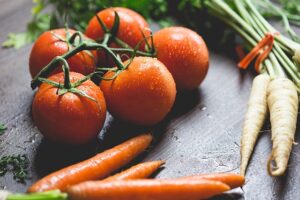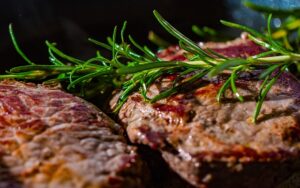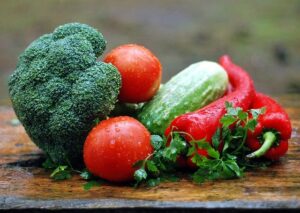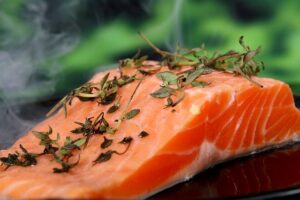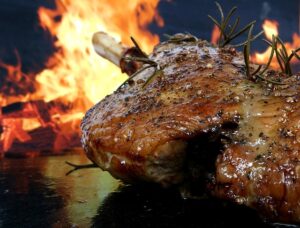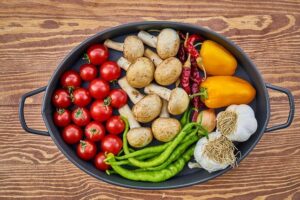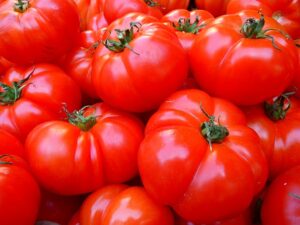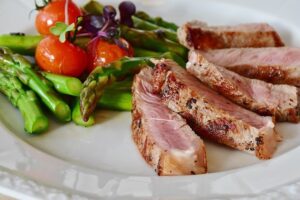Introduction
Eating an adequate amount of protein is essential for maintaining a healthy diet and supporting various bodily functions. For individuals looking to consume 140 grams of protein per day, it is important to have a well-rounded meal plan that includes protein-rich foods. In this article, we will explore different strategies and food sources to help you achieve your daily protein goal.
Calculating Protein Needs
Before diving into specific strategies, it is crucial to determine your individual protein needs. The recommended daily protein intake varies depending on factors such as age, sex, weight, and activity level. As a general guideline, the average sedentary adult requires about 0.8 grams of protein per kilogram of body weight. However, for those who engage in regular exercise or have specific health goals, a higher protein intake may be necessary. To calculate your protein needs, multiply your weight in kilograms by the appropriate factor (e.g., 0.8 for sedentary individuals or higher for active individuals).
Choosing Protein-Rich Foods
To meet a daily protein goal of 140 grams, it is crucial to incorporate a variety of protein-rich foods into your diet. Here are some excellent sources of protein:
1. Lean meats and poultry: Chicken breast, turkey, lean beef, and pork loin are all rich in protein. Opt for lean cuts to minimize saturated fat intake.
2. Seafood: Fish such as salmon, tuna, and cod are not only high in protein but also provide omega-3 fatty acids, which offer numerous health benefits.
3. Eggs: Eggs are a versatile and affordable source of protein. They can be enjoyed in various forms, including boiled, scrambled, or as an ingredient in dishes.
4. Dairy products: Greek yogurt, cottage cheese, and milk are excellent sources of protein. They also contain calcium, which is essential for bone health.
5. Legumes: Beans, lentils, and chickpeas are plant-based protein sources that are also high in fiber. They can be incorporated into soups, stews, salads, or used as a meat substitute in various recipes.
6. Nuts and seeds: Almonds, peanuts, chia seeds, and hemp seeds are protein-rich options that can be enjoyed as snacks or added to meals.
Meal Planning
To ensure you are consuming enough protein throughout the day, it can be helpful to plan your meals in advance. Here’s an example of a meal plan that provides approximately 140 grams of protein:
Breakfast: 3 scrambled eggs (21g protein), 2 slices of turkey bacon (8g protein), and a cup of Greek yogurt (23g protein).
Lunch: Grilled chicken breast (35g protein) on a bed of mixed greens with chickpeas (15g protein) and a sprinkle of almonds (6g protein).
Snack: A protein shake made with whey protein powder (25g protein) and almond milk.
Dinner: Baked salmon fillet (30g protein) with a side of quinoa (8g protein) and steamed broccoli.
Snack: A small handful of mixed nuts (8g protein).
By planning your meals ahead of time and incorporating protein-rich foods into each meal, you can easily reach your daily protein goal.
Conclusion
Consuming 140 grams of protein per day is achievable with proper planning and a well-balanced diet. Incorporating lean meats, seafood, eggs, dairy products, legumes, and nuts into your meals can help you reach your protein target. Remember to calculate your individual protein needs based on your weight and activity level to ensure you are consuming an adequate amount. By prioritizing protein-rich foods and planning your meals accordingly, you can maintain a healthy and balanced diet.
References
– Mayo Clinic: mayoclinic.org
– Healthline: healthline.com
– National Institutes of Health: nih.gov


